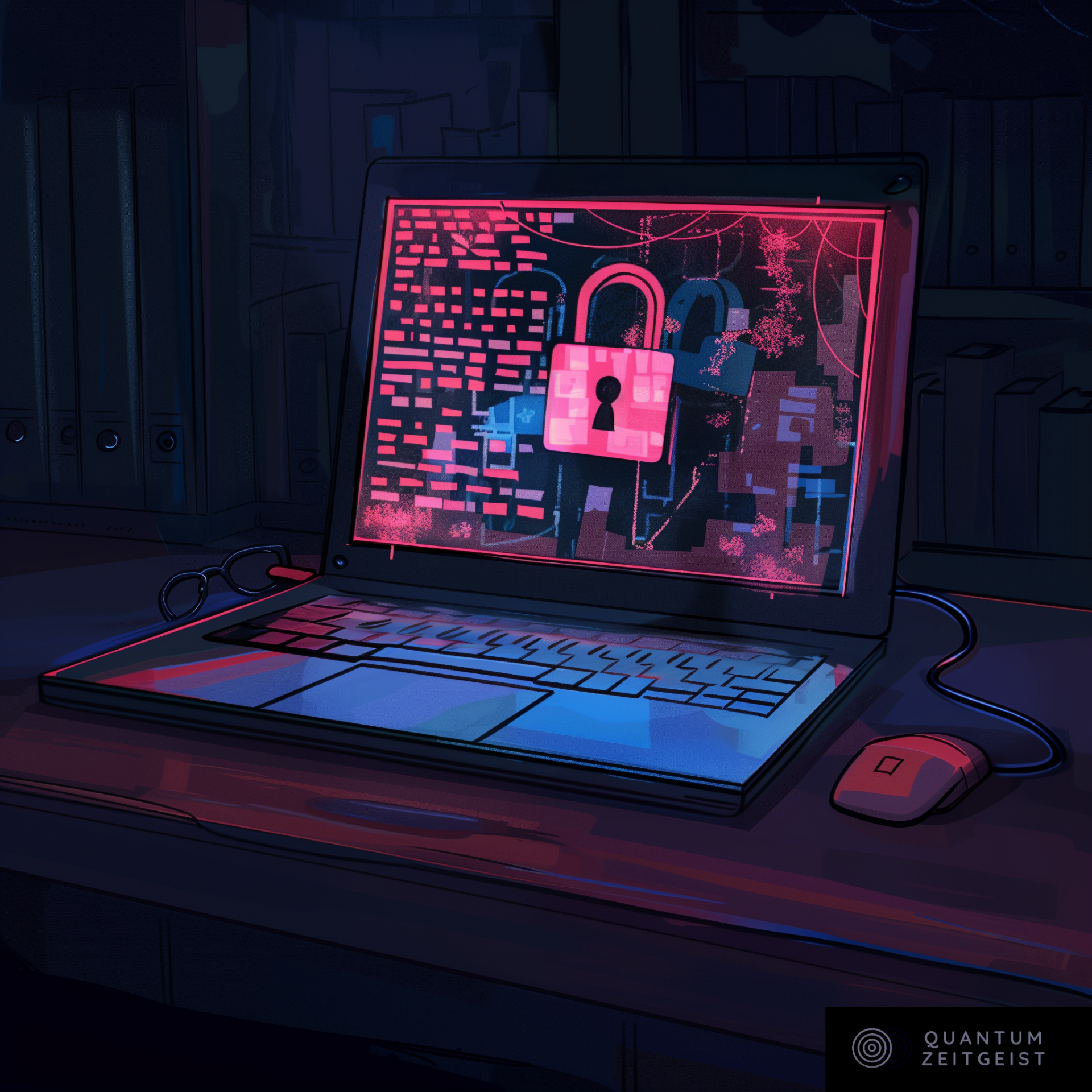HP has announced the world’s first business PCs designed to protect firmware against quantum computer attacks. The upgraded Endpoint Security Controller (ESC) chip, built into select PCs, offers advanced security to protect sensitive and regulated data. Research indicates a 50% likelihood of a cryptographically relevant quantum computer by 2033, which could compromise existing digital signatures on firmware and software. HP’s 5th generation ESC chip isolates the chip from the processor and OS, reducing the risk of data breaches. HP recommends customers start planning for migration to quantum-resistant cryptography. Ian Pratt, Global Head of Security for Personal Systems at HP, led the announcement.
Quantum Computing Threats and HP’s Innovative Response
Quantum computing, a rapidly advancing field, poses a significant threat to the security of digital systems. The potential for quantum computers to break asymmetric cryptography could jeopardize the entire digital world. Recognizing this looming threat, HP Inc. has taken a proactive step by launching the world’s first business PCs designed to protect firmware against quantum computer attacks. This announcement was made at the Annual Partner Conference 2024, marking a significant milestone in the field of digital security.
The Quantum Computing Cryptographic Conundrum
The advent of a cryptographically relevant quantum computer (CRQC) could potentially undermine the security of existing digital signatures on firmware and software, leading to a dissolution of digital trust. Research indicates that 27% of experts believe there is a 50% likelihood of a CRQC emerging by 2033. The transition to a new cryptographic standard is a massive task, particularly given that while software can be updated, hardware cannot. This includes the cryptography that safeguards PC firmware. Without cryptographic protections, devices would be vulnerable to attacks that could modify the underlying firmware and gain total control.
The Global Response to Quantum Threats
The growing threat of quantum computing has prompted a global response. The Dutch government, for instance, has issued guidance in the Post-Quantum Cryptography (PQC) migration handbook, identifying Critical Infrastructure Providers as urgent adopters who need to start working on migration to PQC. Similarly, the US Government has outlined specific recommendations for migrating to quantum-resistant cryptographic algorithms for firmware signing. They recommend the use of quantum-resistant cryptography from 2025 and mandate its use from 2030 for sensitive systems.
HP’s Quantum-Resistant Solution
HP’s response to this threat is the introduction of an upgraded Endpoint Security Controller (ESC) chip in select PCs. This chip offers advanced security, ensuring the manageability and protection of sensitive and regulated data. The ESC chip is isolated from the processor and OS, providing a hardware platform that reduces the risk of data breaches and improves productivity by preventing downtime. This protection will become increasingly important as the threat of quantum computer attacks becomes more imminent.
Planning for a Quantum-Resistant Future
Given the typical PC refresh cycles of 3 to 5 years and the trend towards extending the life of hardware for sustainability reasons, the migration to post-quantum cryptography must begin now. HP’s 2024 ESC upgrade will protect PC firmware integrity with Quantum-Resistant Cryptography, providing a secure foundation ahead of upgrades to software implementations of cryptography on PCs in the future. HP recommends that customers start assessing how and when to start migrating all other aspects of their information systems to quantum-resistant cryptography. They suggest identifying high-priority use cases, understanding vendor plans for migrating to quantum-resistant protections, and developing a plan to protect against the quantum threat within the required timescale.
External Link: Click Here For More

